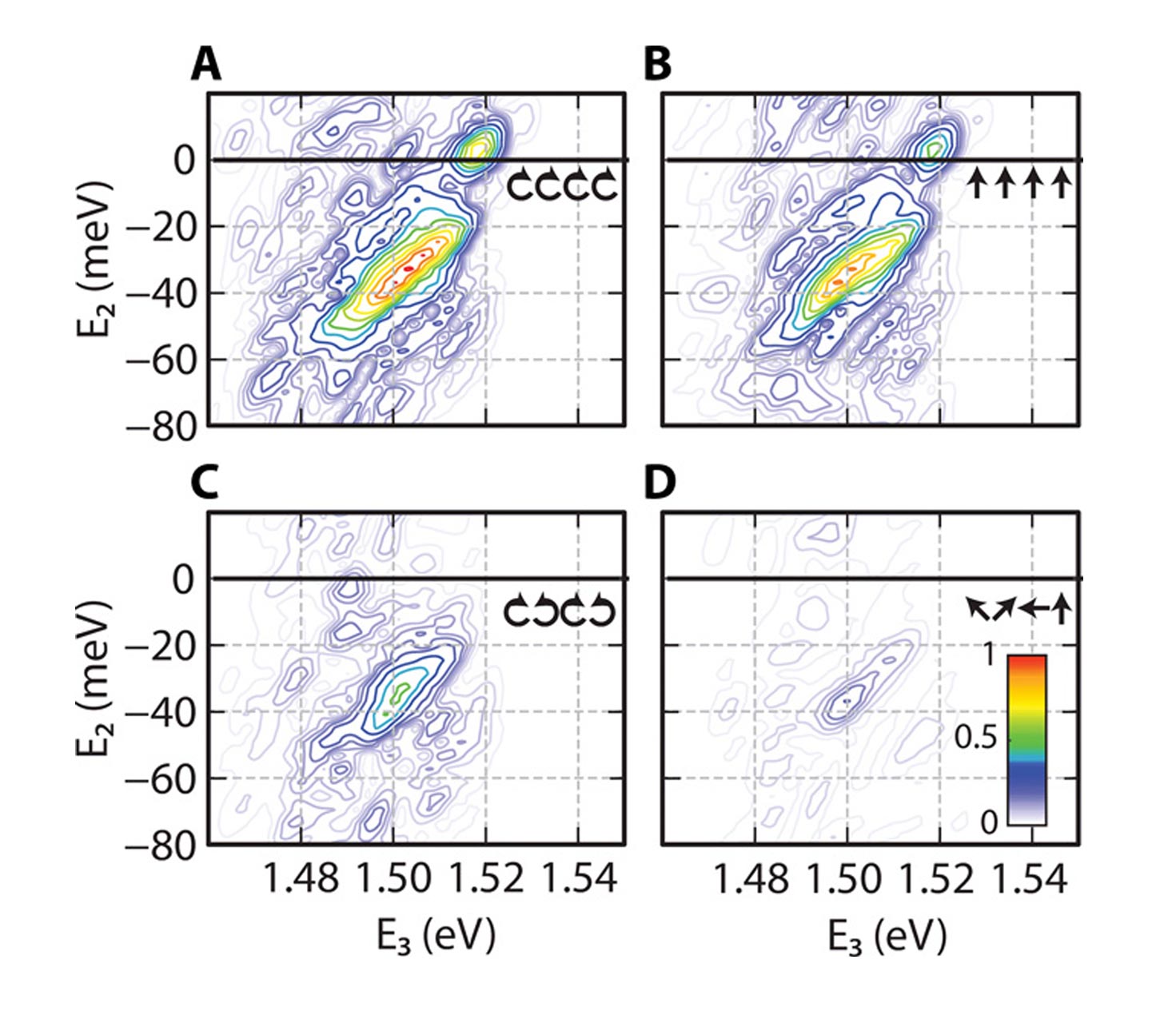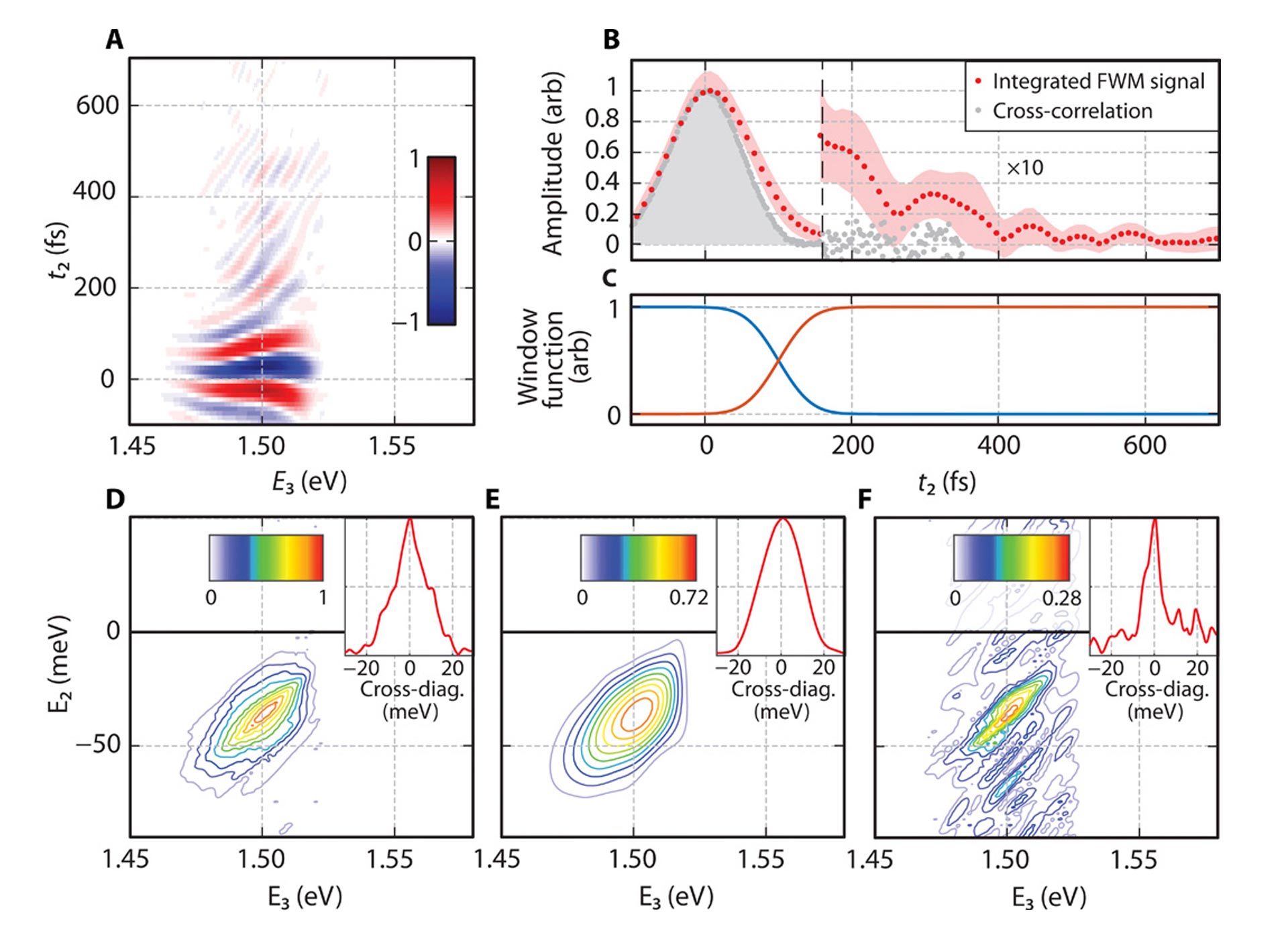
Case
Study
Ultra-fast probing
unlocks quantum coherence
Seeing quantum effects on a macroscopic scale: ultra-fast, multidimensional spectroscopy unlocks macroscopic-scale effects of quantum correlations
A 2020 FLEET study unlocks intriguing magnetic and electronic properties of quantum materials that hold significant promise for future technologies.
Controlling these useful properties requires an improved understanding of the ways in which macroscopic behaviour emerges in complex materials with strong electronic correlations.
Potentially useful electric and magnetic properties of strongly-correlated quantum materials include topological insulators and high-temperature superconductivity.
Such macroscopic properties emerge out of microscopic complexity, rooted in the competing interactions between the degrees of freedom of electronic states.
To date, measurements of the dynamics of excited electronic populations have largely neglected the intricate dynamics of quantum coherence.
FLEET researchers applied multidimensional coherent spectroscopy to the challenge for the first time, using the technique’s unique capability to differentiate between competing signal pathways, selectively exciting and probing low-energy excitations.
The team analysed the quantum coherence of excitations produced by hitting the layered, superconducting material LSCO (lanthanum, strontium, copper and oxygen) with a sequence of tailored, ultra-fast beams of near-infrared light lasting less than 100 femtoseconds.
This produces coherent excitations lasting a surprisingly ‘long’ time (around 500 femtoseconds), originating from a quantum superposition of excited states within the material.
The strong correlation between the energy of this coherence and the optical energy of the emitted signal indicates a coherent interaction between the states at these vastly different energy scales.
This kind of coherent interaction, reported here for the first time, is linked to many intriguing and poorly-understood phenomena displayed by quantum materials.

Ultrafast spectroscopy reveals minimal effect of polarization

2D spectrum showing energy difference between the states in a quantum superposition
“The strong correlation between the energy of this coherence and the optical energy of the emitted signal indicates a special coherent interaction between the states at low and high energy in these complex systems,” says study author A/Prof Jeff Davis (Swinburne University of Technology).
It is one of the first applications of multidimensional spectroscopy to the study of correlated electron systems such as high-temperature superconductors, and it is the first time the technique has been used to interrogate complex quantum materials in this way.
As well as representing a major advancement in ultra-fast spectroscopy of correlated materials, the work has wider significance in optics, photonics, chemistry, nanoscience and condensed-matter science.
This research relates to FLEET milestones 3.1.1. See page 18 of Strategic Plan
The study was published in Science Advances in February 2020 (see Publications)
If you want to measure the precise evolution of electrons, which can change their properties or their state in femtoseconds, you need to be able to start and stop the clock really, really quickly. We use femtosecond laser pulses (ie, millionths of a billionth of a second in duration) to achieve this.
FLEET CI A/Prof Jeff Davis
Did you know...
Swinburne University of Technology has the highest concentration of ultrafast laser systems in the southern hemisphere.

